High-Impact Practices 1. From Middle-Earth to Appalachia: Teaching STEM in Honors
Dr. Kenton Sena, Lewis Honors College, University of Kentucky
Honors education is rooted in the humanities, with emphases on the Great Books, history, and philosophy, and has traditionally been the domain of humanities faculty. However, curricula in some Honors programs and colleges have shifted away from the humanities, seeking to be more accessible and inclusive for the students in pre-health and engineering fields that increasingly represent the majority of enrolled students. But, this shift to include STEM in Honors has brought its own challenges. What does an Honors STEM class look like? Should it be more work? Different kinds of work? And how can or should it engage with other disciplines? In this presentation, I will share my experiences teaching three Honors STEM courses in the Lewis Honors College at the University of Kentucky, “Appalachian Natural History,” “Restoration Ecology,” and “The Ecology of Middle-earth,” focusing on the elements that I think make these courses distinctly Honors.
First, Honors STEM courses can be interdisciplinary. In “Appalachian Natural History,” we draw from the social sciences to explore how members of Appalachian communities have managed their forests over time, and in “The Ecology of Middle-earth,” we learn about ecology and the environment within the narrative framework of J.R.R. Tolkien’s The Lord of the Rings. Second, Honors STEM courses can center experiential learning. All three of these classes include a service-learning component, in which students engage in environmental service activities and then reflect on these in the context of course themes, readings, and conversations. Finally, Honors STEM courses can empower students to be cocreators of knowledge in a collaborative learning environment. In “Restoration Ecology,” students worked together to complete a research and service project, including writing a class research paper. Similarly, in “The Ecology of Middleearth,” students collaborated to develop a website to archive their creative reflections.
